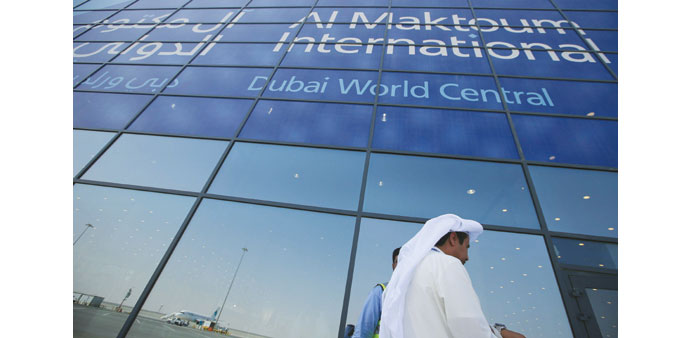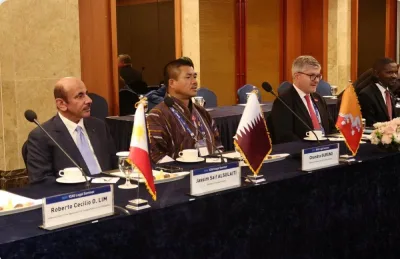Reuters
Dubai will spend $32bn on expanding its second airport to handle over 200mn people annually next decade, roughly triple the current level of passenger traffic through the emirate, airport authorities said yesterday.
The expansion could allow Dubai’s fast-growing flagship carrier Emirates to shift its operations to the new facility by the mid-2020s, airport officials said. That might prompt other international airline operations in Dubai to follow suit because of business ties to the Emirates group.
Al Maktoum International Airport began accepting passengers in October last year and currently has a capacity of only about 5mn people per year. It opened some four years later than originally planned after a financial crisis forced Dubai to revise some of its mega-projects.
The emirate is now reviving development plans as its real estate market recovers and a safe-haven status in the turbulent Middle East attracts heavy inflows of money.
Dubai’s ruler Sheikh Mohammed bin Rashid al-Maktoum has approved plans to enlarge Al Maktoum to that it can eventually accommodate more than 200mn passengers, Dubai Airports said in a statement yesterday.
The expansion is expected to be the biggest airport project in the world, the company said. It would take place in two phases over six to eight years, with the entire development covering an area of 56sq km (22 square miles).
The emirate’s current main airport, Dubai International, is already one of the biggest in the world and has a capacity of 75mn passengers. Traffic has been growing at double-digit rates and hit 66.4mn people last year.
Further expansion is planned to permit traffic of almost 100mn passengers by the end of 2020, but that is still too small to accommodate additional business which Dubai expects to attract through its role as a travel and tourism hub. “With limited options for further growth at Dubai International, we are taking that next step to securing our future by building a brand new airport that will not only create the capacity we will need in the coming decades but also provide state of the art facilities...” said Paul Griffiths, Dubai Airports’ chief executive.
Dubai officials have not said how they will fund the project. Dubai lacks the big oil resources of its neighbours and is still working through a large debt burden, the legacy of its 2009 financial crisis, but its strong economy has allowed it to borrow cheaply from international markets in the past 18 months.
Dubai Airports estimated the broad aviation sector, including tourism and related businesses, would support over 322,000 jobs in the emirate and contribute 28% of its gross domestic product by 2020.
Big international carriers, including Emirates, have so far not indicated any plans to move to Al Maktoum, with just a handful of airlines currently operating out of the facility. Authorities have not said what will happen to Dubai International if the big airlines do leave it.
Emirates, one of the region’s largest operators and the biggest customer of the Airbus A380 superjumbo, flew 44.5mn passengers in its fiscal year to last March.



